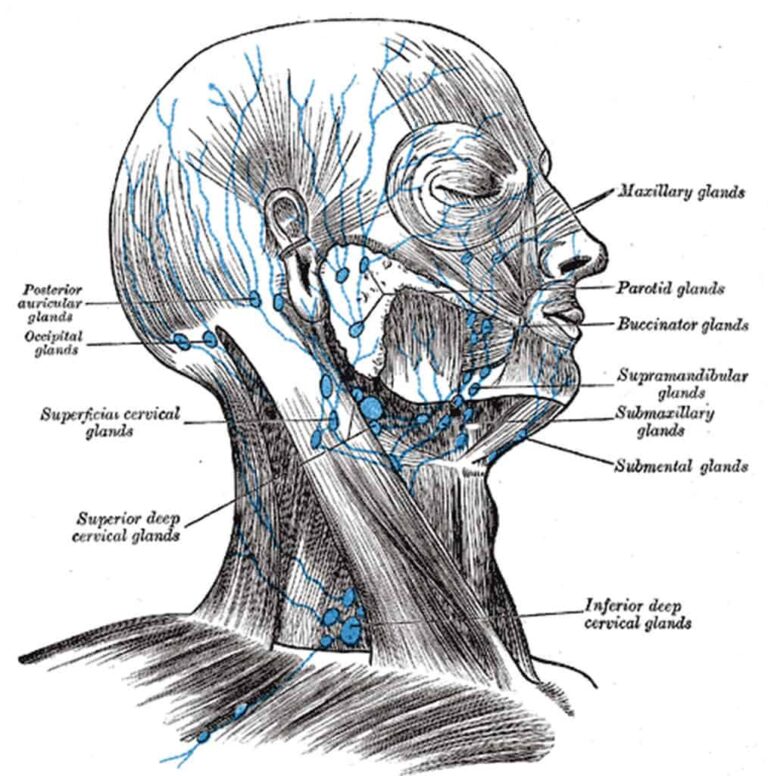How to Cope with Seasonal Depression as Colder Days Set In
Seasonal depression or seasonal affective disorder affects so many people in the colder months of the year. If you’re one of many, your bed may feel like the only safe haven, and getting out from under those covers may seem impossible. You’re definitely not alone. Millions of people experience this shift when the seasons change.
Seasonal depression isn’t just feeling a little bummed about saying goodbye to summer. It’s a legitimate form of depression that can steal your energy and make even the simplest daily tasks feel overwhelming. But there’s help. And understanding what you’re dealing with is the first step toward feeling better.
What Exactly Is Seasonal Affective Disorder?
Seasonal affective disorder (also called SAD, which feels pretty fitting, doesn’t it?) is more than just the “winter blues.” It’s a type of depression that follows a seasonal pattern, typically occurring when the days become shorter and colder.
The condition affects about 10 million Americans, with women being four times more likely to experience it than men. And if you’re thinking this sounds like what happens to you every October through March, trust that instinct. You aren’t imagining things. There’s real science behind why you feel this way.
Most people with seasonal depression experience winter-pattern SAD. This is where symptoms start to appear during late fall and stick around until spring, when the days start getting longer again. But some folks get hit with summer-pattern SAD instead, dealing with depression during the warmer months. It’s less common, but equally valid.
Recognizing the Signs of Seasonal Depression
Symptoms of seasonal depression often include:
The Physical Stuff:
- Feeling exhausted, no matter how much you sleep
- Craving carbs more than normal
- Sudden weight gain
- Aches and pains that don’t have obvious causes
The Emotions:
- Persistent sadness that weighs you down
- Losing interest in things you usually love
- Feeling hopeless or worthless
- Irritability that surprises even you
- Difficulty concentrating
The Social Hibernation:
- Wanting to cancel every plan and hide indoors
- Feeling like you’re disconnected from friends and family
- The overwhelming urge to “hibernate” until spring
If these symptoms sound familiar and occur around the same time each year, it’s worth discussing them with a healthcare provider to consider SAD.
Understanding Why This Happens to You
You aren’t broken, and you’re not weak. Although research is ongoing, we do know that seasonal depression happens because of changes in your brain chemistry when sunlight becomes scarce.
When the days are shorter, your brain produces less serotonin. That’s the crucial chemical that helps regulate your mood. At the same time, your body starts pumping out more melatonin, the hormone that makes you sleepy. It’s like your internal systems are preparing for a very long nap, whether you want one or not.
There’s also the vitamin D factor. With less sunlight hitting your skin, your body struggles to produce adequate amounts of this “sunshine vitamin,” which plays a vital role in serotonin production. It becomes a frustrating cycle where one deficiency feeds into another.
Effective Strategies for Managing Seasonal Depression
You don’t have to suffer your way through another difficult season. There are proven strategies that can genuinely help you feel more like yourself again.
Light Therapy: Bringing Sunshine Indoors
Light therapy boxes may resemble fancy desk lamps, but they’re actually valuable tools for relieving seasonal depression. These devices emit bright light (typically 10,000 lux) that mimics natural sunlight, helping reset your body’s internal clock.
The typical recommendation is 20-30 minutes of exposure each morning, preferably within the first hour of waking up. You don’t stare directly at the light. Just position it about 16-24 inches from your face while you drink your coffee, read, or check emails.
Many people notice improvements within a few weeks of consistent use. Ensure that you choose a light box specifically designed for SAD treatment, rather than one intended for skin conditions.
Getting Professional Support
Sometimes the bravest thing you can do is admit you need help. Cognitive Behavioral Therapy (CBT) has shown remarkable effectiveness for seasonal depression. CBT-SAD specifically focuses on changing negative thought patterns related to the seasons and helps you develop coping strategies.
A therapist can help you challenge those thoughts, like “I’m useless in winter” or “This will never get better,” and replace them with more balanced perspectives. They might also work with you on behavioral activation—scheduling pleasant activities even when you don’t feel like it.
If therapy feels out of reach financially or logistically, many communities offer sliding-scale mental health services, and there are quality online therapy platforms that can connect you with licensed professionals from home.
The Power of Movement
I know exercise is probably the last thing you want to hear about when you can barely drag yourself out of bed. However, even gentle movement can have a significant impact on your mood. Start small. Maybe it’s a 10-minute walk around the block, some stretching while watching TV, or dancing to three songs in your living room. The key is consistency, not intensity. Exercise naturally boosts endorphins and can help counteract some of the sluggishness that comes with seasonal depression.
Nutrition That Nourishes Your Mood
Those carb cravings hitting you like a freight train? They’re not just in your head. Your body is literally seeking quick energy sources. Instead of fighting these cravings entirely, try to satisfy them with complex carbohydrates that provide steadier energy, such as oatmeal, whole-grain bread, and sweet potatoes.
Don’t forget to consider vitamin D supplementation, especially if you live in a northern climate. Many healthcare providers recommend vitamin D supplements during the winter months for people with seasonal depression.
Creating Routines That Support You
When seasonal depression hits, your natural rhythms are thrown off. So, consistent daily routines can provide structure when everything feels chaotic. This doesn’t mean rigid schedules. Think of it more like gentle anchors to guide you throughout your day.
Maybe it’s having your coffee in the same spot each morning, taking a short walk after lunch, or doing a brief meditation before bed. These small rituals can provide stability when your mood feels unpredictable.
When to Seek Professional Help
Please don’t try to tough this out alone if seasonal depression is significantly impacting your daily life. If you’re struggling to get to work, maintain relationships, or take care of basic needs, it’s time to reach out for professional support.
Definitely seek immediate help if you’re having thoughts of self-harm or suicide. The 988 Suicide & Crisis Lifeline is available 24/7 by calling or texting 988.
Many primary care physicians are knowledgeable about seasonal depression and can prescribe antidepressants if needed. Sometimes a combination of medication, therapy, and lifestyle changes provides the most effective relief.
Small Steps Toward Brighter Days
Remember, managing seasonal depression isn’t about forcing yourself to feel happy when you don’t. It’s about giving yourself the tools and support you need to navigate this challenging time with more ease and self-compassion.
You might not bounce back immediately, and that’s okay. Healing isn’t a linear process, and some days will still be harder than others. But each small step you take—whether it’s sitting in front of a light box, calling a therapist, or simply acknowledging that what you’re experiencing is real and valid—is moving you toward feeling better.
Seasonal depression might be a part of your story, but it doesn’t have to be the whole chapter. You deserve support, understanding, and effective treatment. And most importantly, you deserve to feel like yourself again, no matter what season it is outside your window.







